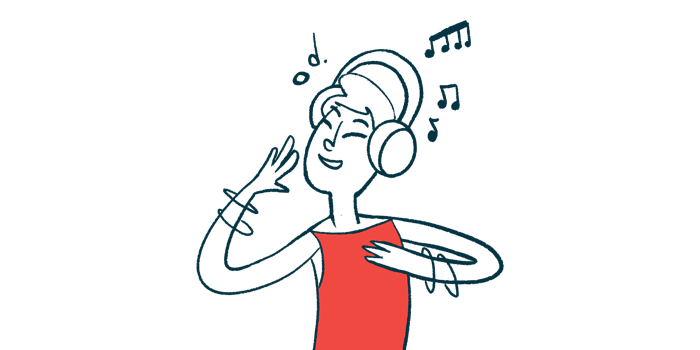Brazilian dance may be therapeutic, Parkinson’s study shows
Traditional dance styles of samba and forró improved quality of life, researchers say

Programs focusing on traditional forms of Brazilian dance may help to improve life quality and ease motor symptoms for people with Parkinson’s disease, a new study reports.
“The findings of this study suggest that Brazilian dance practice is capable of improving the perception of some aspects of quality of life and motor symptoms … in people with Parkinson’s disease,” the researchers wrote.
The study, “An Exploratory Study on the Effect of 2 Brazilian Dance Protocols on Motor Aspects and Quality of Life of Individuals with Parkinson’s Disease,” was published in the Journal of Dance Medicine & Science.
Getting physical exercise is a crucial part of staying healthy, and it’s well-established that being more physically active can offer benefits for people with Parkinson’s including better mood and less bothersome symptoms. Dancing can be a good way to get moving while having fun and socializing, and research has supported dance as a useful form of exercise for Parkinson’s patients.
In this study, researchers in Brazil conducted a study aiming to assess and compare two different programs focusing on traditional Brazilian forms of dance as therapy for Parkinson’s patients.
The study enrolled 69 people with Parkinson’s, who were divided into three groups. Two groups attended dance programs, given in one-hour sessions twice per week for about six months. One of the programs included both samba and forró (traditional styles of dance in Brazil), while the other included samba dancing only. Participants in the third group, acting as controls, did not participate in a dancing program.
Before and after the intervention, participants underwent a battery of assessments measuring their symptom severity and life quality. In an initial set of analyses, the researchers compared scores before and after the intervention in each group.
Results showed that in the samba-only group there were statistically significant improvements in measures of mobility following the dance program, while the severity of motor symptoms decreased significantly. In the group that did both samba and forró, patients reported significantly less discomfort following the dance program. In the control group, no measures changed significantly.
Dance therapy shows benefits
“Both Brazilian dance protocols showed benefits in some aspects of quality of life,” the researchers concluded.
In other analyses, the researchers compared the magnitude of changes seen in each of the three groups. Results suggested that improvements in communication were significantly better in the samba-only group compared to the control group, while scores related to ease of doing daily activities improved more in the samba-and-forró group compared to the control group.
The scientists noted that these analyses were limited by the small number of patients in the study, and the fact that both dance programs included samba makes it impossible to directly compare the two dance styles.
“Future studies comparing samba and forró separately could be interesting to ascertain the specific potential differences of these practices,” they wrote.







